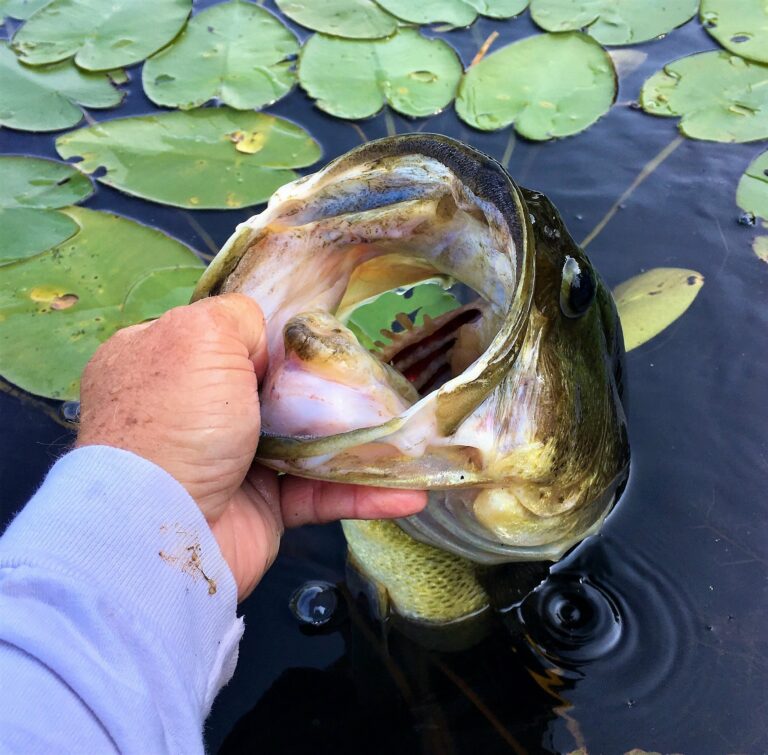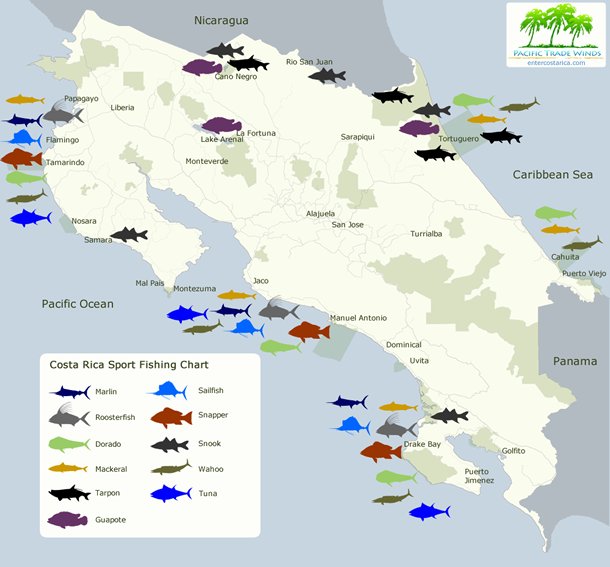How Weather Conditions Impact Grouper Fishing (Full Guide)
Today we discuss How Weather Conditions Impact Grouper Fishing. Grouper fishing is popular and requires skill and knowledge of the fish’s behavior.
Weather conditions are crucial for success. Understanding how weather impacts grouper fishing can increase your chances of a catch.
In this guide, we will explore different weather conditions and their effects on grouper fishing. Whether you are a beginner or experienced, this guide will enhance your fishing experience.
How Weather Conditions Impact Grouper Fishing :
Understanding Grouper Behavior:
Before delving into how weather conditions impact grouper fishing, it is essential to understand the behavior and habitat of grouper. Grouper are bottom-dwelling fish found in both shallow and deep waters.
They are known for their strength and ability to put up a fight when hooked. Grouper are ambush predators, often hiding in crevices and structures such as reefs, wrecks, and rock formations.
The Impact of Wind on Grouper Fishing:
Wind impacts grouper fishing by influencing water movement and subsequently affecting grouper behavior. Consider the following key factors:
Wind Speed and Direction:
- Groupers tend to be more active and feed aggressively when there is a moderate breeze or wind.
- Wind direction plays a crucial role in determining where the grouper will be located. They typically face into the current to ambush their prey.
- When planning a fishing trip, it is beneficial to choose areas where the wind will blow against the structure where the grouper is likely to hide.
Water Turbidity:
- Wind can stir up sediment and increase water turbidity. This can either work in favor or against grouper fishing, depending on the species and their feeding behavior.
- Some grouper species, like the gag grouper, are more likely to feed in turbid water as it provides cover for their ambush attacks.
- However, other species, such as the black grouper, may become less active and harder to catch in turbid conditions.
Fishing Techniques:
- When fishing in windy conditions, it is recommended to use heavier tackle to handle the increased water movement.
- Bottom fishing with live or cut bait near structures can be effective as grouper are more likely to be actively feeding.
- Trolling can also be successful in windy conditions as it allows you to cover more ground and locate active grouper.
The Influence of Temperature on Grouper Fishing:
Water temperature is another crucial factor that affects the behavior and feeding patterns of grouper. Here’s how temperature impacts grouper fishing:
Seasonal Temperature Changes
- Grouper are cold-blooded creatures, meaning their body temperature is influenced by the surrounding water temperature.
- As water temperatures change with the seasons, grouper will adjust their behavior accordingly.
- During colder months, grouper may move to deeper waters or become less active, requiring anglers to adjust their fishing techniques accordingly.
Optimal Temperature Range
- Grouper prefers water temperatures between 70°F and 85°F (21°C – 29°C). Within this range, they are more active and likely to feed.
- Fishing during periods when the water temperature is within this optimal range will increase your chances of a successful catch.
Thermoclines
- Thermoclines are distinct temperature boundaries within bodies of water where there is a rapid temperature change.
- Grouper may be more likely to stay within or near thermoclines as they provide a consistent temperature range and attract baitfish.
- Understanding the presence of thermoclines can help anglers locate areas where grouper is likely to be concentrated.
The Role of Barometric Pressure in Grouper Fishing:
Barometric pressure, also known as atmospheric pressure, can have a significant impact on the behavior of fish, including grouper. Here’s what you need to know:
High Pressure (Clear Skies)
- High barometric pressure typically indicates clear skies and stable weather conditions.
- Grouper may become less active during high-pressure systems, making them more challenging to catch.
- During these conditions, it is advisable to focus on fishing during dawn and dusk when grouper may be more active.
Low Pressure (Cloudy or Stormy Weather)
- Low barometric pressure often accompanies cloudy or stormy weather conditions.
- Grouper are known to be more active and feed more aggressively during low-pressure systems.
- Fishing before a storm or during overcast weather can lead to successful catches as grouper take advantage of the changing conditions.
Fishing Techniques for High and Low Pressure Systems
- During high-pressure systems, it is recommended to use subtle bait presentations and focus on areas with structure where grouper may seek shelter.
- In contrast, during low-pressure systems, using larger baits and lures that create vibrations can attract grouper’s attention and trigger strikes.
The Effect of Precipitation on Grouper Fishing:
Rainfall and other forms of precipitation can impact grouper fishing in various ways. Here’s what you should consider:
Runoff and Nutrients
- Rainfall can increase runoff into rivers and estuaries, carrying nutrients into the sea.
- This influx of nutrients can attract baitfish and other prey species, subsequently drawing grouper to these areas for feeding.
- Fishing near river mouths or areas with increased runoff after rainfall can be productive for catching grouper.
Water Clarity
- Heavy rainfall can lead to decreased water clarity due to sediment runoff.
- As mentioned earlier, some grouper species may prefer turbid water for hunting, while others may become less active.
- Adjusting your fishing techniques and bait choices based on water clarity can help you adapt to the conditions.
Lightning Safety
- It is crucial to prioritize safety when fishing during thunderstorms or other severe weather conditions.
- Lightning poses a significant risk when out on the water, so always monitor weather forecasts and take necessary precautions.
The Influence of Moon Phases on Grouper Fishing:
The moon’s phases can also play a role in grouper fishing success. Here’s what you need to know about moon phases:
Full Moon:
- During a full moon, there is increased visibility at night, which can benefit anglers targeting grouper during nocturnal feeding periods.
- However, the brightness of the moonlight may make grouper more cautious and less likely to venture out from their hiding spots during the day.
New Moon:
- A new moon corresponds with darker nights, which can make it more challenging for anglers to locate grouper during nocturnal hours.
- However, during the day, grouper may be more comfortable venturing out from their hiding spots, presenting opportunities for successful catches.
Half Moon Phases:
- During half moon phases, a balance between visibility and darkness exists.
- It is essential to adapt your fishing techniques based on the moon phase and time of day when targeting grouper.
The Impact of Tides on Grouper Fishing:
Understanding tides and their influence on grouper behavior is crucial for successful fishing trips. Here’s what you should know:
Incoming Tide
- During an incoming tide, water levels rise and bring in fresh nutrients and baitfish.
- Groupers are more likely to be actively feeding during this tide phase as they take advantage of the abundance of food sources.
- Fishing near structures or drop-offs during an incoming tide can yield excellent results.
Outgoing Tide
- An outgoing tide occurs when water levels recede, carrying baitfish and other prey species with it.
- Groupers may position themselves near these areas to ambush prey as they get swept away by the current.
- Fishing near channels or areas where outgoing tides concentrate baitfish can increase your chances of catching grouper.
Local Knowledge and Patterns:
While understanding how weather conditions impact grouper fishing is crucial, local knowledge and patterns play a significant role in determining success. Factors such as seasonal migration patterns, preferred habitats, and local knowledge from experienced anglers should not be underestimated. Consulting local guides or joining a fishing community can provide invaluable insights specific to your fishing location.
Conclusion
Weather greatly impacts grouper fishing. Wind speed and direction affect their feeding, while water temperature influences their activity. Barometric pressure indicates feeding changes, precipitation affects water clarity and nutrient availability, and moon phases determine visibility. Tides also determine when and where grouper are likely to feed. Adjusting your fishing techniques based on these factors boosts your chances of success. Prioritize safety during severe weather and follow local regulations for sustainable fishing. Enjoy your fishing trip!

